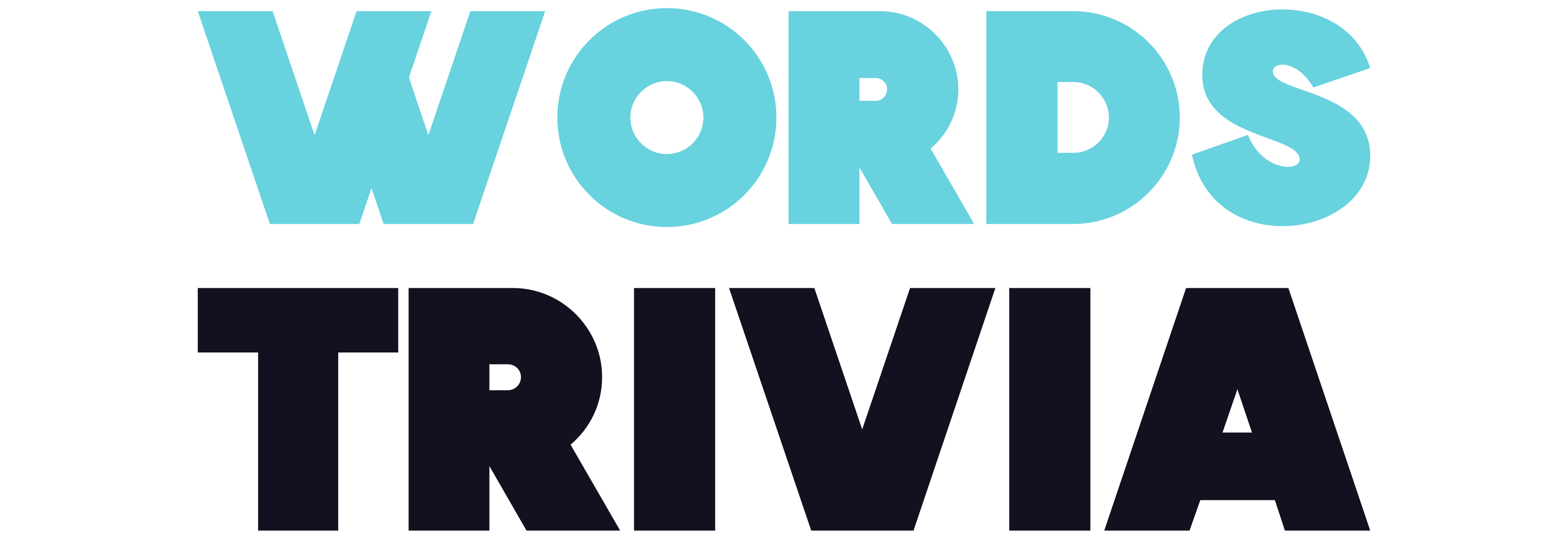The Dawn of Writing: Hieroglyphs
The history of written language is as old as civilization itself, dating back more than 5,000 years. The first known form of written language, hieroglyphs, emerged in ancient Egypt around 3100 BC. This complex system of pictorial symbols represented sounds, words, and ideas, enabling the Egyptians to document their history, religion, and daily life. Hieroglyphs were used for a variety of purposes, including recording history on monuments, tomb inscriptions, and administrative documents. Despite their complexity, hieroglyphs laid the groundwork for the development of alphabet-based languages, and their decipherment in the 19th century opened a window into the world of ancient Egypt.
The Birth of the Alphabet: Phoenician Script
The next significant milestone in the evolution of written language was the development of the Phoenician alphabet, around 1200 BC. The Phoenicians, a seafaring people from the eastern Mediterranean, revolutionized written communication by creating a simple, flexible, and easy-to-learn system of 22 letters. Each letter represented a single sound, making the alphabet a more practical and efficient writing system, particularly for trade and administration. The Phoenician alphabet spread throughout the Mediterranean, influencing many other scripts, including Greek, Latin, and even our modern Western alphabet.
The Rise of Manuscripts: Greek and Latin Scripts
Following the Phoenician script, the Greek alphabet emerged around the 9th century BC, introducing vowels and giving rise to the Latin alphabet, the most widely used writing system in the world today. Classical Latin script, used by the Roman Empire, played a pivotal role in the dissemination of knowledge, culture, and administration across Europe. As Christianity spread, Latin became the standard language of scholarship and liturgy, leading to the proliferation of handwritten Latin manuscripts during the Middle Ages. These manuscripts were painstakingly copied and illuminated by scribes, preserving ancient texts and paving the way for the advent of the printed word.
The Printing Revolution: Gutenberg's Movable Type
In the mid-15th century, Johannes Gutenberg, a German blacksmith, goldsmith, and inventor, introduced movable type printing to Europe, a development that marked a major turning point in the history of written language. Gutenberg's printing press made books more accessible and affordable, accelerating the spread of knowledge and ideas. The Gutenberg Bible, printed in the 1450s, is considered one of the most beautiful books ever printed. Gutenberg's invention not only democratized learning but also standardized spelling and grammar, shaping the modern form of many languages.
The Digital Era: From Typewriters to Hashtags
In the 19th and 20th centuries, technological advancements like the typewriter and the personal computer further transformed written communication. The invention of the Internet and the advent of social media have profoundly changed how we write and read. Today, we communicate with a global audience through platforms like Twitter, where hashtags (#) are used to index keywords or topics. Hashtags have become a powerful tool for social movements, marketing campaigns, and global conversations, reflecting our interconnected world.
From hieroglyphs on papyrus to hashtags on Twitter, the written language has come a long way. Each milestone in its evolution has been a reflection of the society that produced it, capturing the spirit of the age and paving the way for future innovations. As we move further into the digital age, it will be fascinating to see how our written language continues to evolve.
Perhaps, a few thousand years from now, future linguists will look back at our tweets, texts, and emojis as we do now at the mysterious hieroglyphs of ancient Egypt, and marvel at how far we've come.
The journey of written language, from hieroglyphs to hashtags, is a testament to human creativity, adaptability, and our enduring need to communicate and connect with one another. It serves as a reminder of our shared history, our capacity for innovation, and the power of the written word.
